
Virtual reality and augmented reality are changing how students interact with science, technology, engineering, and math concepts.
Instead of reading about molecular structures or watching videos of chemical reactions, students can now manipulate atoms in three dimensions or observe reactions from inside a virtual lab.
The distinction matters for educators planning implementations. VR requires headsets that transport students into completely digital environments. AR works through tablets or smartphones, adding digital layers to real classroom objects. Each serves different learning goals.
Physics teachers know the challenge of explaining electromagnetic fields or quantum mechanics. These phenomena exist beyond what students can see or touch in a traditional lab. VR solves this by rendering invisible forces as visible, interactive elements.
Students can "see" how magnetic fields interact, watch electrons move through circuits, or observe how changing one variable in an equation affects an entire system in real time.
Some STEM concepts exist at scales too large or small for conventional teaching. AR and VR eliminate these constraints.
In biology, students can shrink down to explore cellular processes or zoom out to understand ecosystems. Engineering students can walk through building designs at full scale before construction begins. Chemistry learners can observe molecular bonds forming and breaking at atomic levels.
Laboratory safety limits what experiments schools can conduct. VR creates risk-free environments where students practice procedures involving heat, chemicals, or expensive equipment. They build confidence and competence before handling real materials.
Biology students dissect virtual specimens with detail impossible in physical dissections. They can pause, rewind, and repeat observations. Chemistry learners build molecules by grabbing atoms and watching bonds form based on actual chemical rules.
Earth science teachers take classes on virtual field trips to volcanoes, ocean floors, or geological formations across continents. Weather pattern simulations let students manipulate conditions and observe climate system responses.
CAD software integrated with VR lets engineering students walk through their designs. They spot flaws, test load distributions, and understand spatial relationships better than traditional 2D screens allow.
Computer science students visualize algorithms and data structures as 3D objects they can manipulate. This transforms abstract programming concepts into concrete experiences.
Geometry becomes tangible when students can grab shapes, rotate them in space, and see how surface areas and volumes change. Calculus students watch functions transform in three dimensions as they adjust parameters.
Graph theory and abstract algebra benefit from spatial visualization that AR and VR provide naturally.
Students learn differently when they control the experience. VR and AR put learners in charge of exploration pace, perspective, and interaction depth. This agency increases time on task and willingness to persist through challenging concepts.
STEM careers demand strong spatial reasoning skills. Regular interaction with 3D models and environments builds these capabilities more effectively than 2D representations.
Visual learners grasp concepts through 3D models. Kinesthetic learners benefit from physical interaction with virtual objects. Auditory learners receive explanations triggered by their actions within the experience.
The technology naturally differentiates instruction without requiring teachers to create separate lesson plans.
Quality VR headsets and AR-capable devices represent significant investments. Schools must also ensure WiFi networks can handle multiple devices streaming 3D content simultaneously.
Starting with a small pilot program lets schools test effectiveness before committing larger budgets. Some educators begin with smartphone-based AR since many students already own capable devices.
Technology alone changes nothing. Teachers need time to explore tools, understand pedagogical applications, and redesign lessons. Professional development must go beyond basic device operation to effective instructional strategies — as highlighted in this Betabox article on virtual and augmented reality in STEM teaching, integrating emerging technologies meaningfully requires a balance between innovation and instructional intent.
The most successful implementations happen when teachers receive ongoing support, not one-time training sessions.
Not all VR and AR educational content meets rigorous academic standards. Educators must evaluate whether experiences align with learning objectives or simply provide entertainment.
Strong implementations tie directly to existing curriculum standards and assessment goals.
While VR and AR show tremendous potential, not every school has the resources or infrastructure for full implementation. Organizations like Betabox bridge this gap by bringing turnkey technology experiences directly to schools through mobile labs.
These hands-on STEM experiences introduce students to emerging technologies without requiring districts to purchase expensive equipment or train staff extensively. Students engage with cutting-edge tools in supervised, structured environments that complement traditional classroom instruction.
For schools exploring immersive technology options, this model provides a low-risk entry point to gauge student interest and learning outcomes before committing to permanent installations.
AI-powered virtual tutors within VR environments will provide personalized guidance as students work through problems. These systems adapt difficulty in real time based on student performance.
Next-generation platforms will let students from different locations work together in shared virtual labs. Geography stops limiting access to specialized instructors or advanced equipment.
Current VR and AR lack realistic touch sensations. Emerging haptic technology will let students feel virtual objects, adding crucial tactile learning dimensions for chemistry, biology, and engineering applications.
Virtual and augmented reality offer genuine learning advantages when implemented thoughtfully. They transform abstract concepts into concrete experiences, provide safe practice environments, and engage students in ways traditional methods cannot match.
Success requires matching technology to specific learning goals rather than adopting tools for their novelty. Schools should start with pilot programs, invest in teacher development, and carefully evaluate content quality.
For districts exploring options, Betabox's program implementation approach offers a practical pathway to bringing immersive STEM experiences to students without the typical barriers.
Start your application or book a blueprint call to discuss your school's specific needs.
How can virtual reality improve student engagement in STEM education?
VR improves engagement by giving students control over their learning experience. They manipulate variables, explore environments from multiple angles, and learn through experimentation rather than passive observation. This active participation increases time on task and persistence through difficult concepts.
What are some practical examples of augmented reality in STEM classrooms?
AR applications include overlaying anatomical information onto physical models, visualizing molecular structures on desks, displaying step-by-step assembly instructions for engineering projects, and showing mathematical functions as 3D graphs in physical space. Students use tablets or smartphones to access these experiences without expensive headsets.
What are the benefits of using VR and AR for teaching complex STEM concepts?
These technologies make invisible phenomena visible, allow safe practice of dangerous procedures, eliminate scale constraints, accommodate multiple learning styles simultaneously, and provide immediate feedback on student actions. They turn abstract ideas into tangible experiences that students can see, manipulate, and understand intuitively.
What challenges might schools face when adopting VR and AR technologies?
Schools commonly face hardware costs, infrastructure requirements for streaming 3D content, teacher training needs, curriculum integration planning, content quality evaluation, and device management logistics. Successful adoption requires dedicated professional development time and ongoing technical support.
How do VR and AR experiences differ in STEM learning environments?
VR creates fully immersive environments that block out the physical classroom, ideal for simulations where students need complete focus on the virtual experience. AR overlays digital information onto the physical world, allowing students to maintain awareness of their surroundings while enhancing real objects with additional data. VR suits total immersion scenarios while AR works better for augmenting existing hands-on activities.


Ready to learn how Betabox resources can be implemented at your school or District?
Book a Blueprint Call

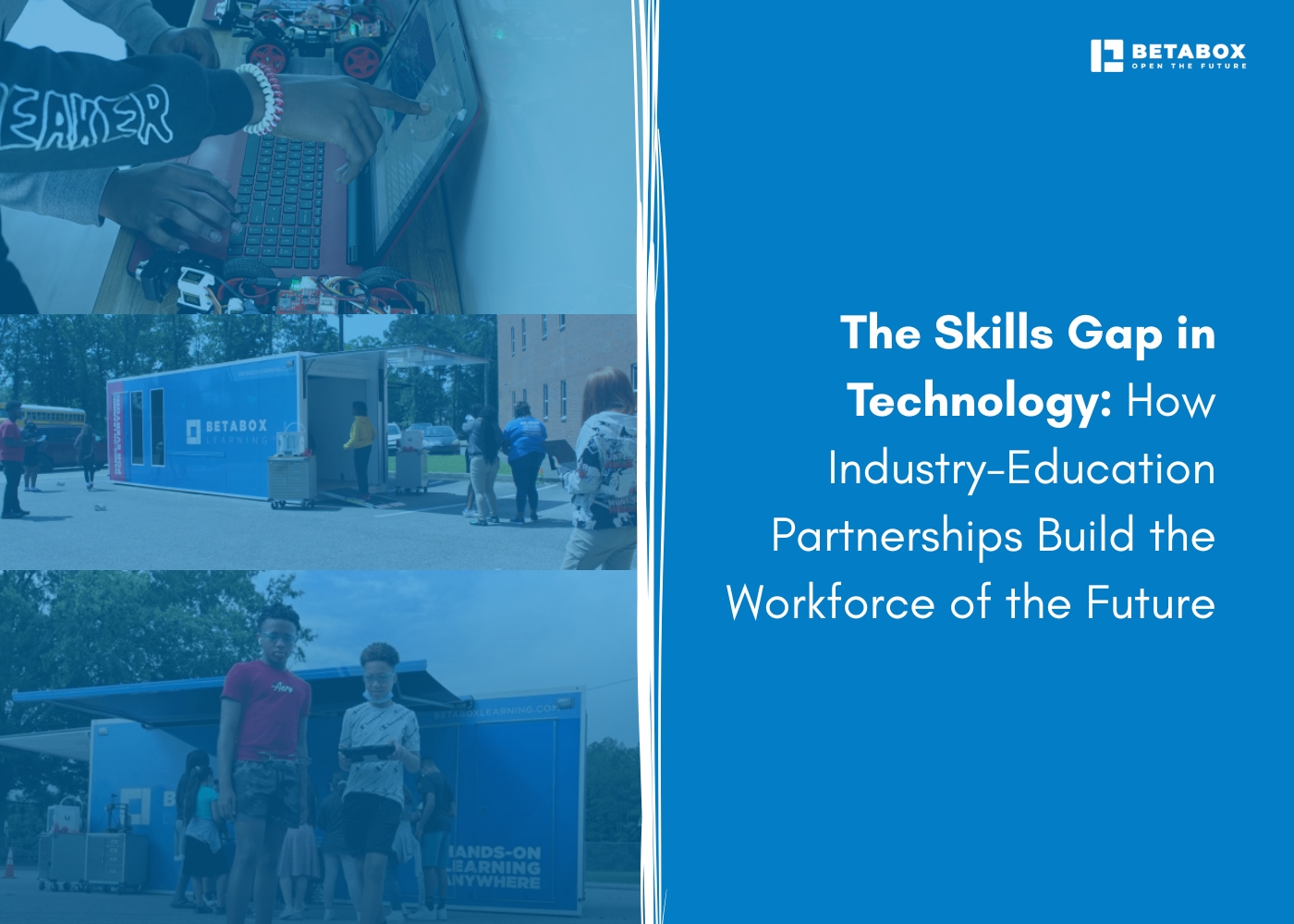

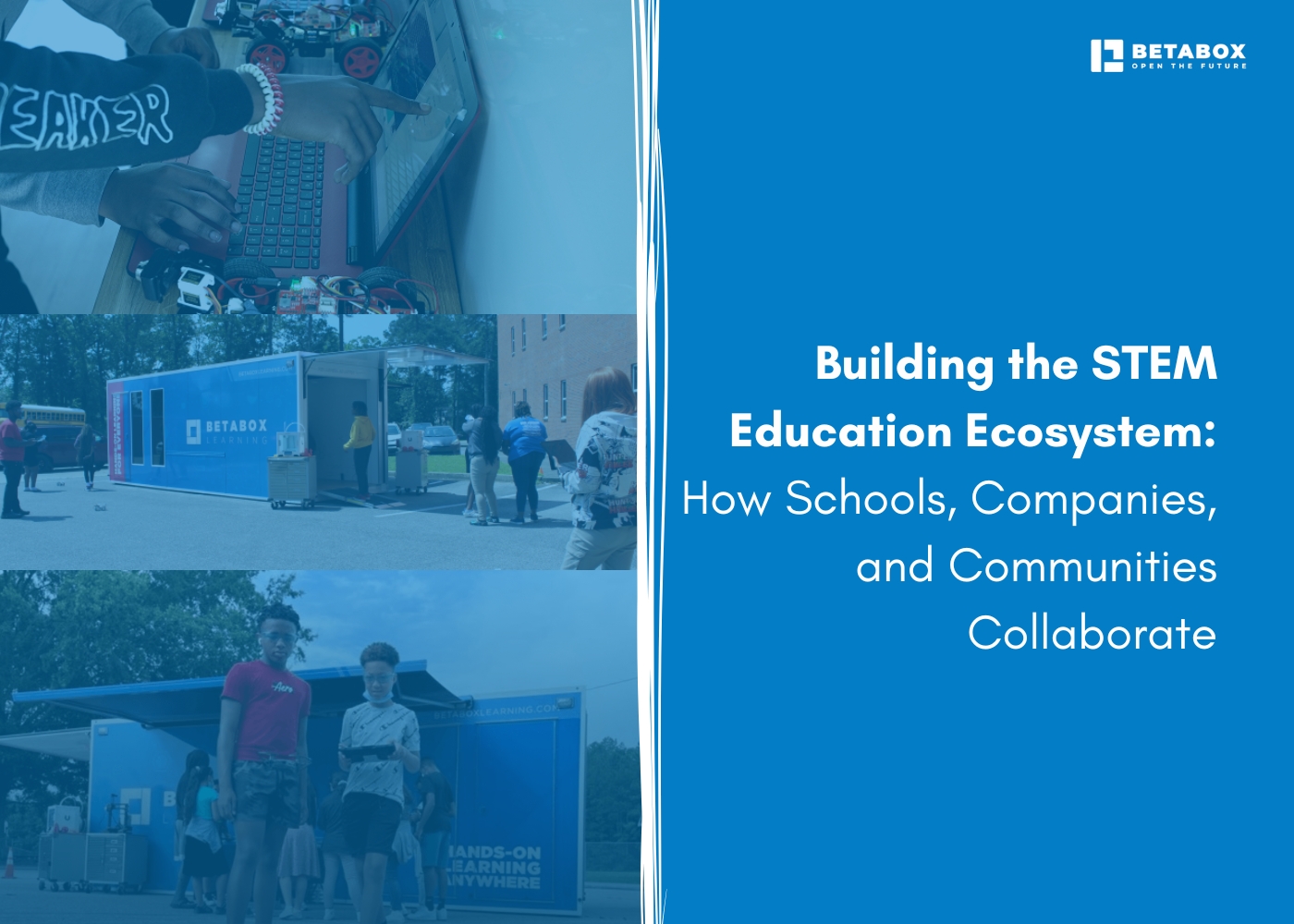

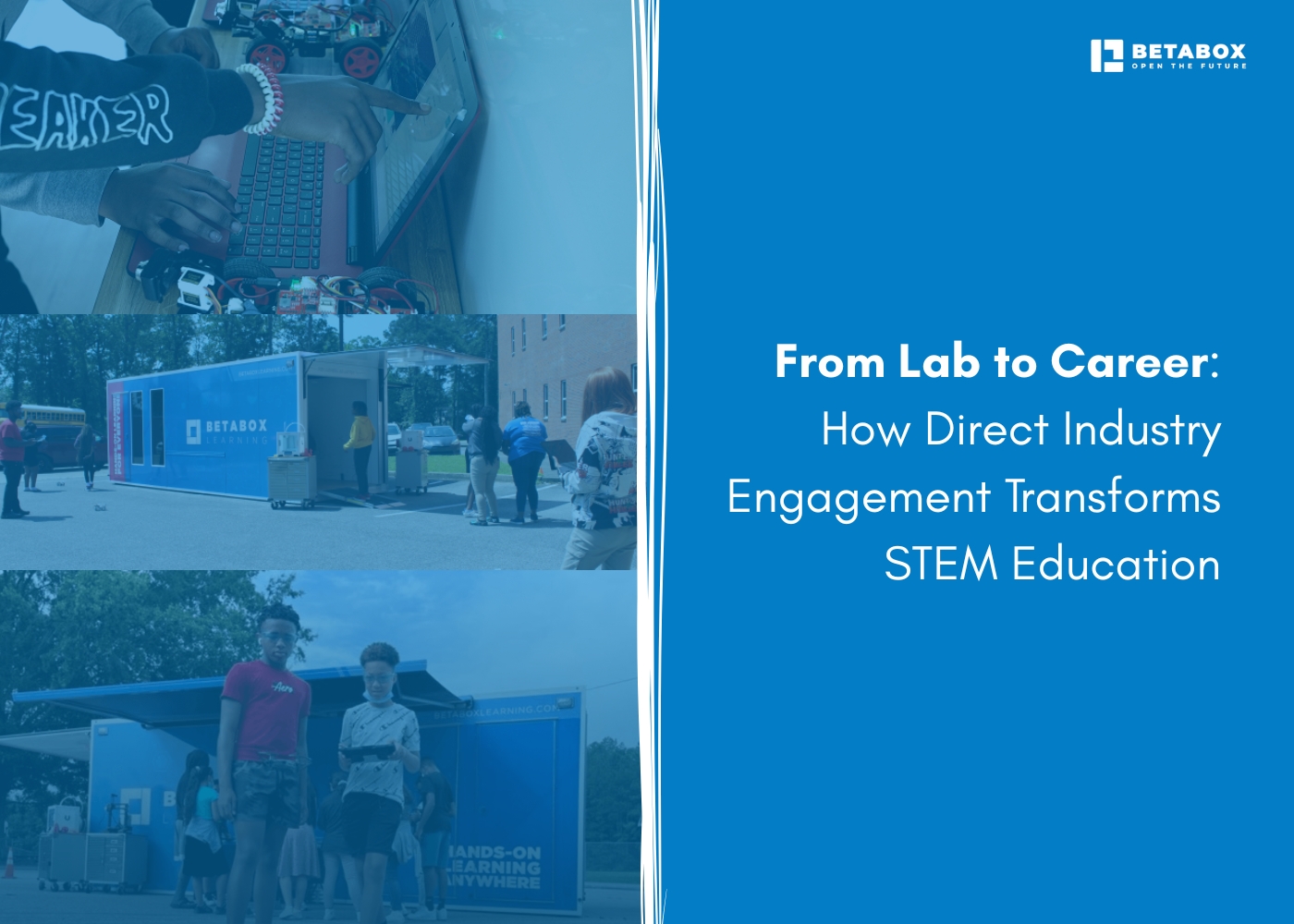

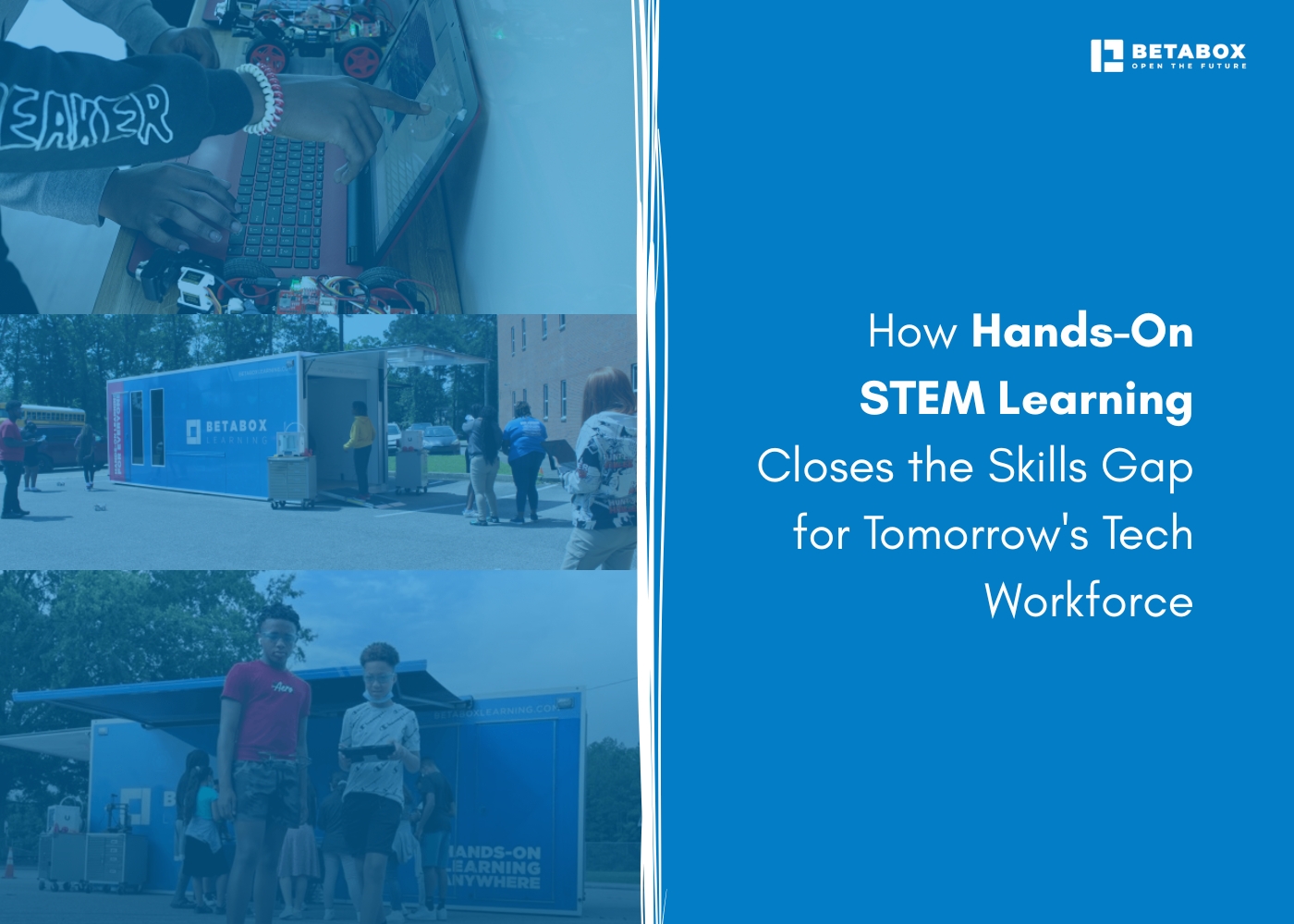

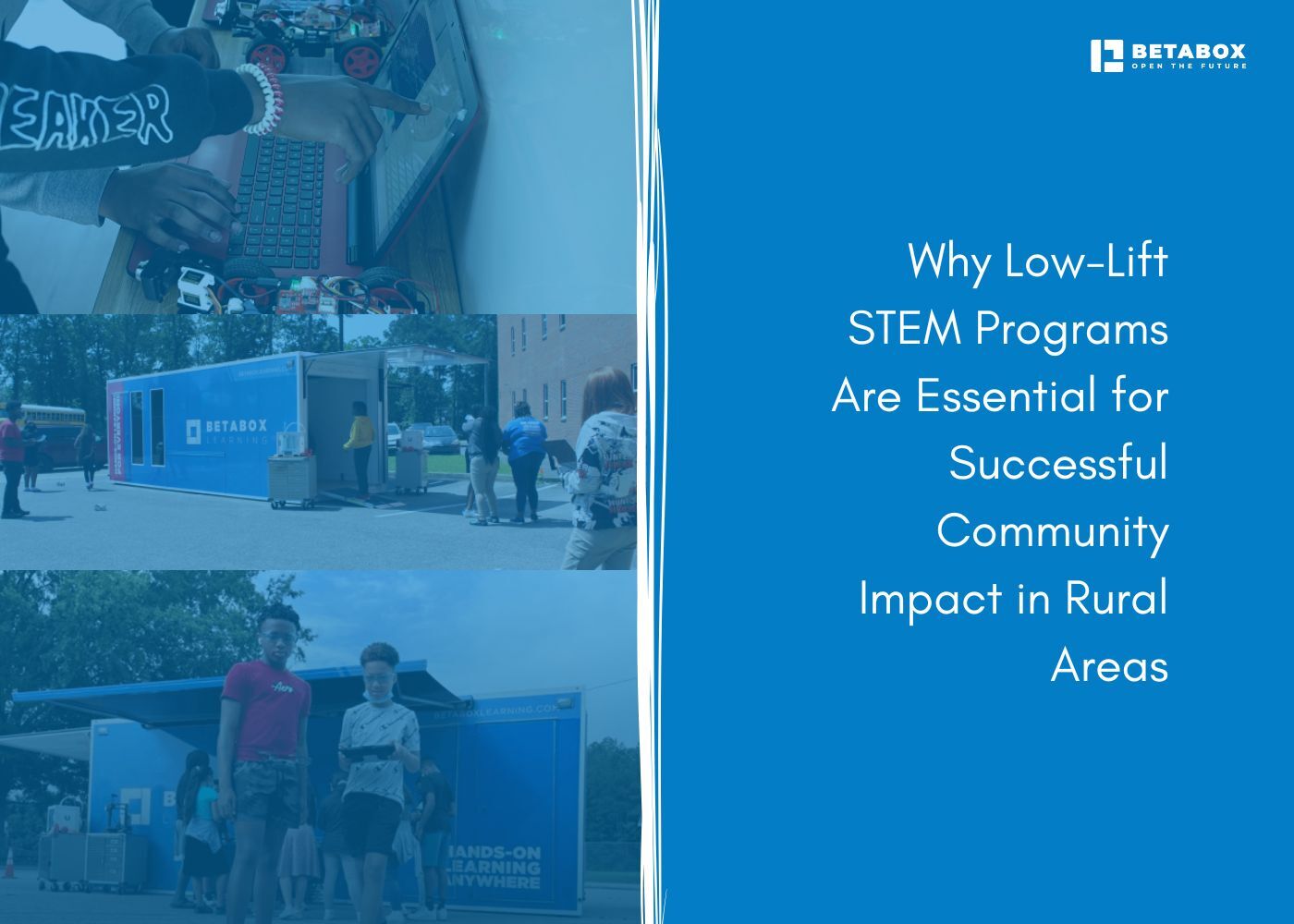

.jpg)

.jpg)

.jpg)

.jpg)





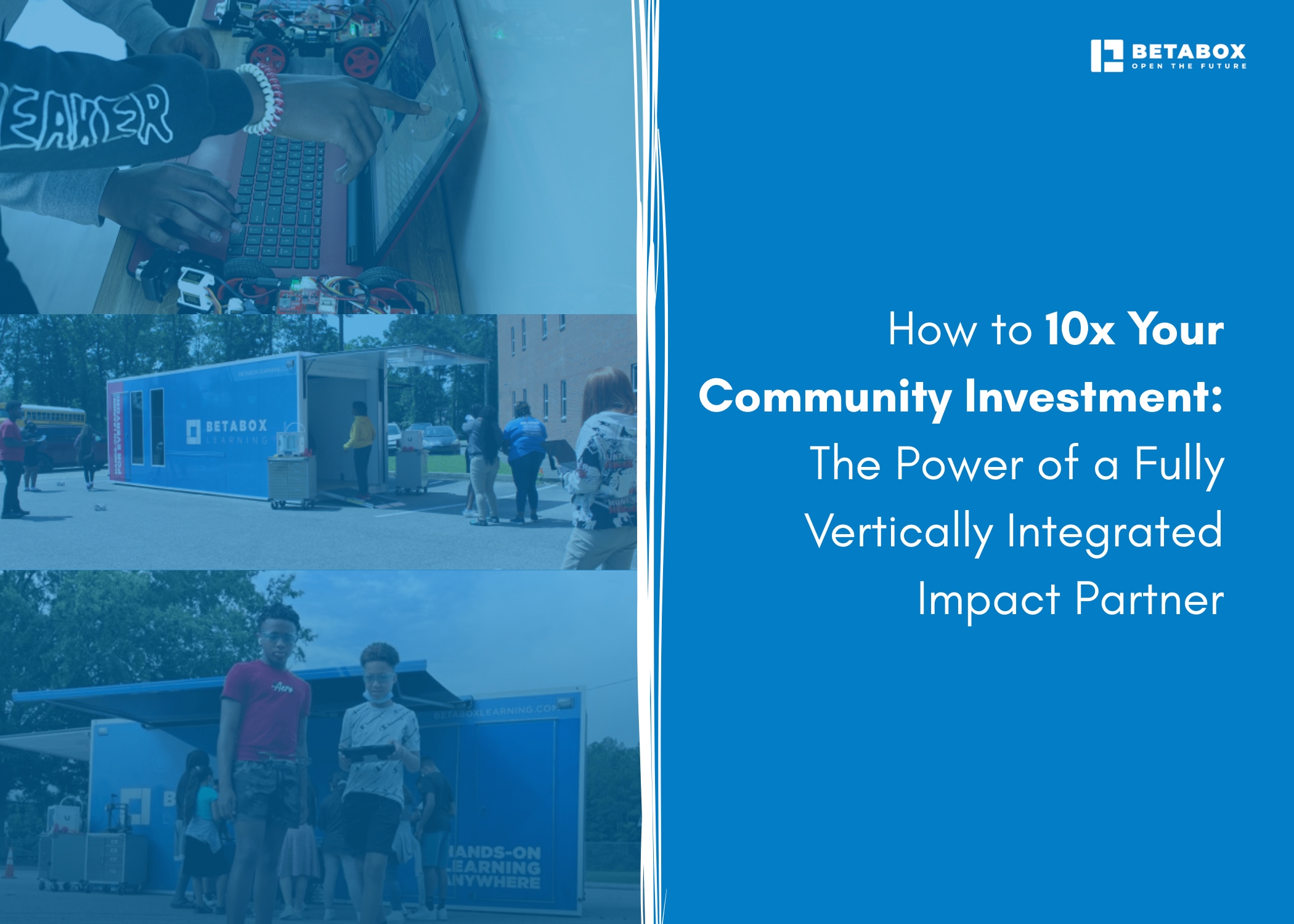

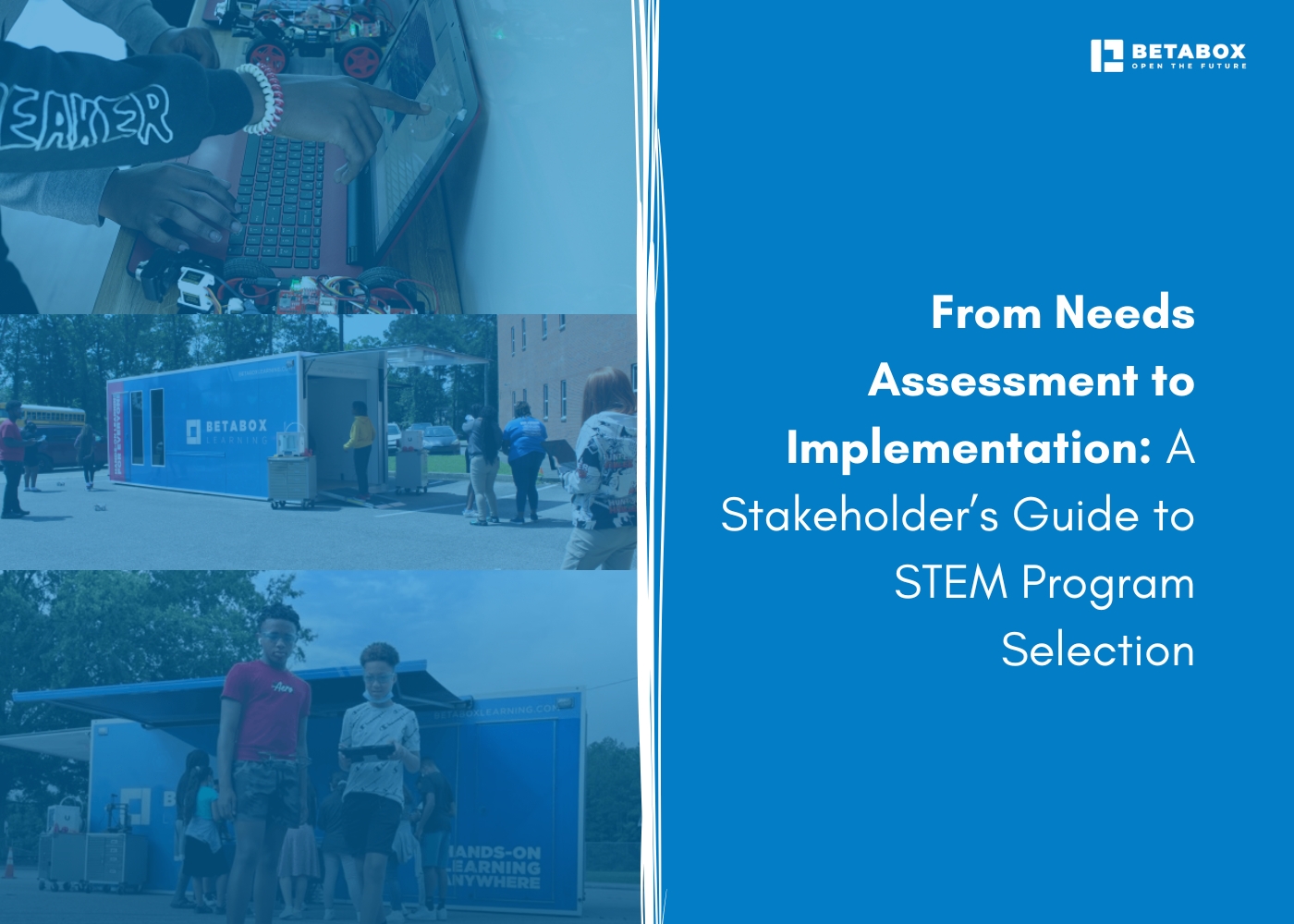

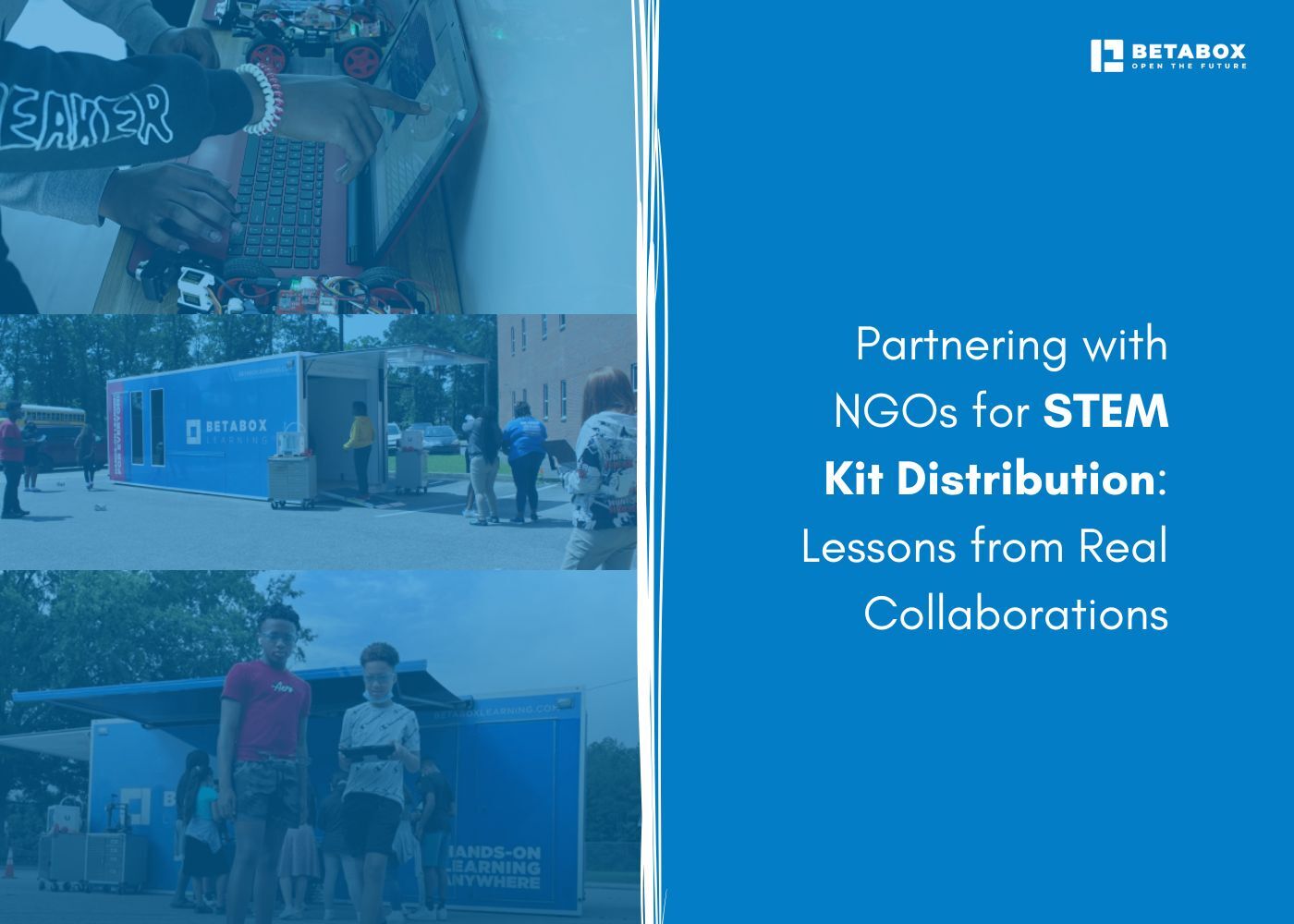

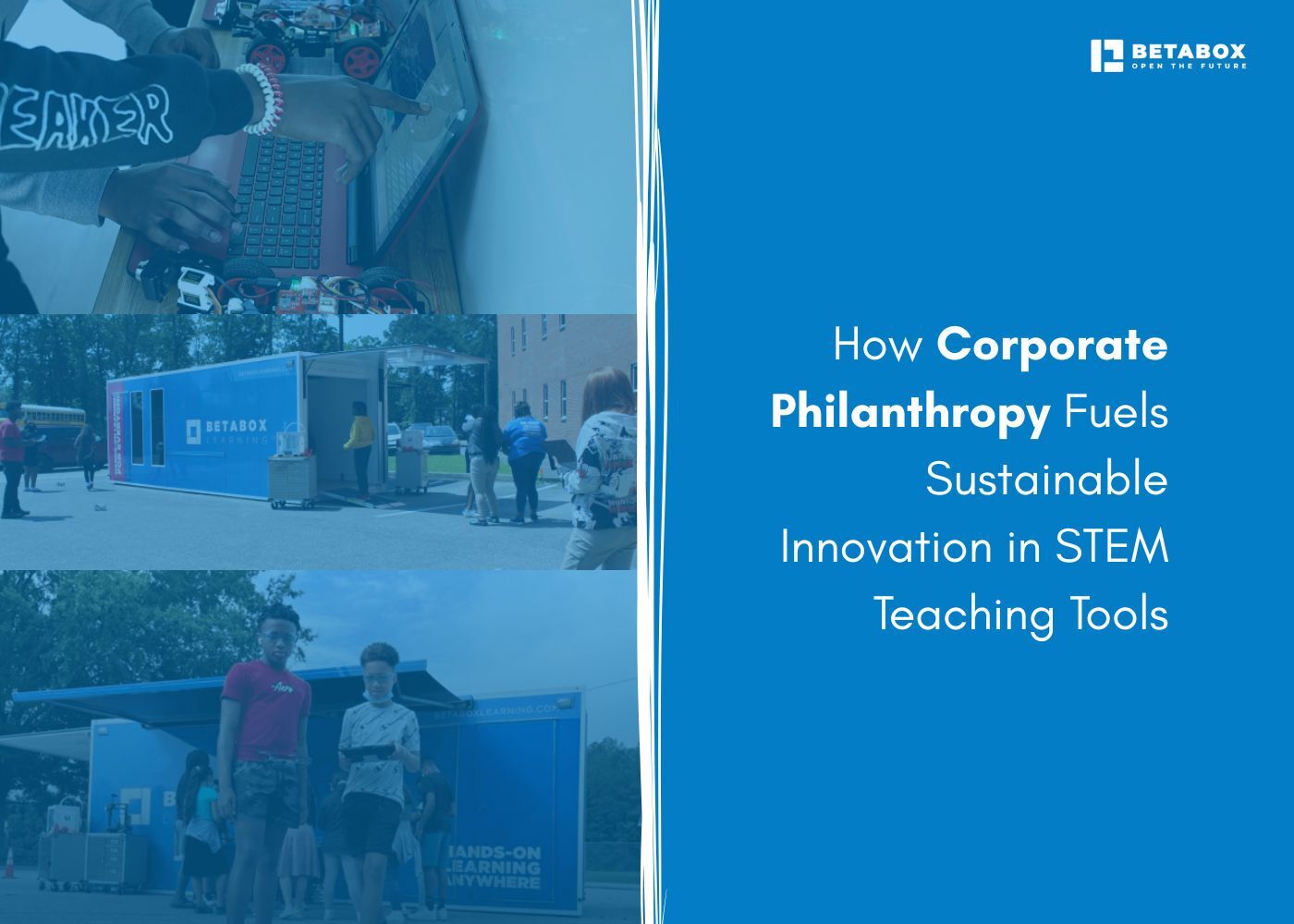

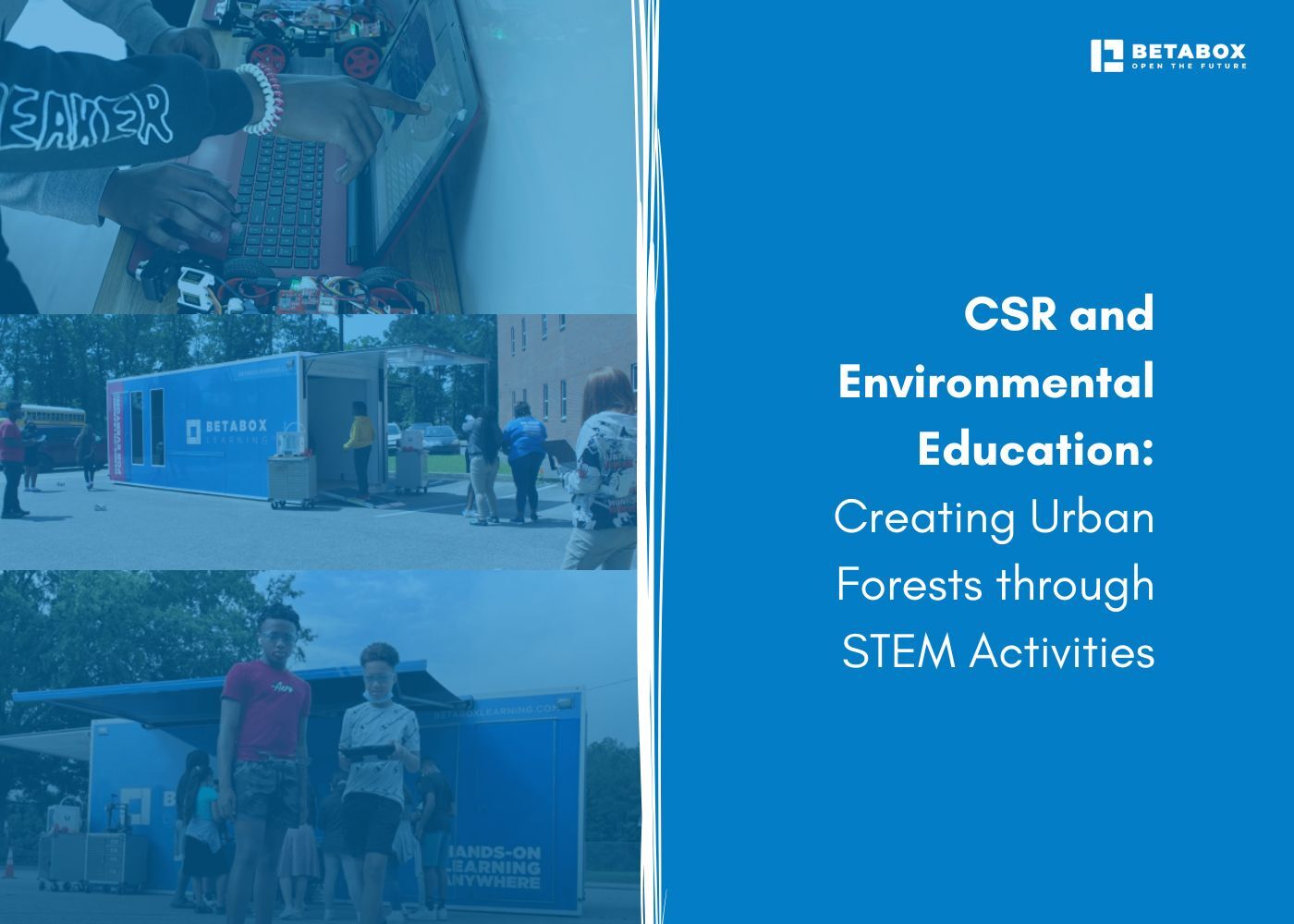

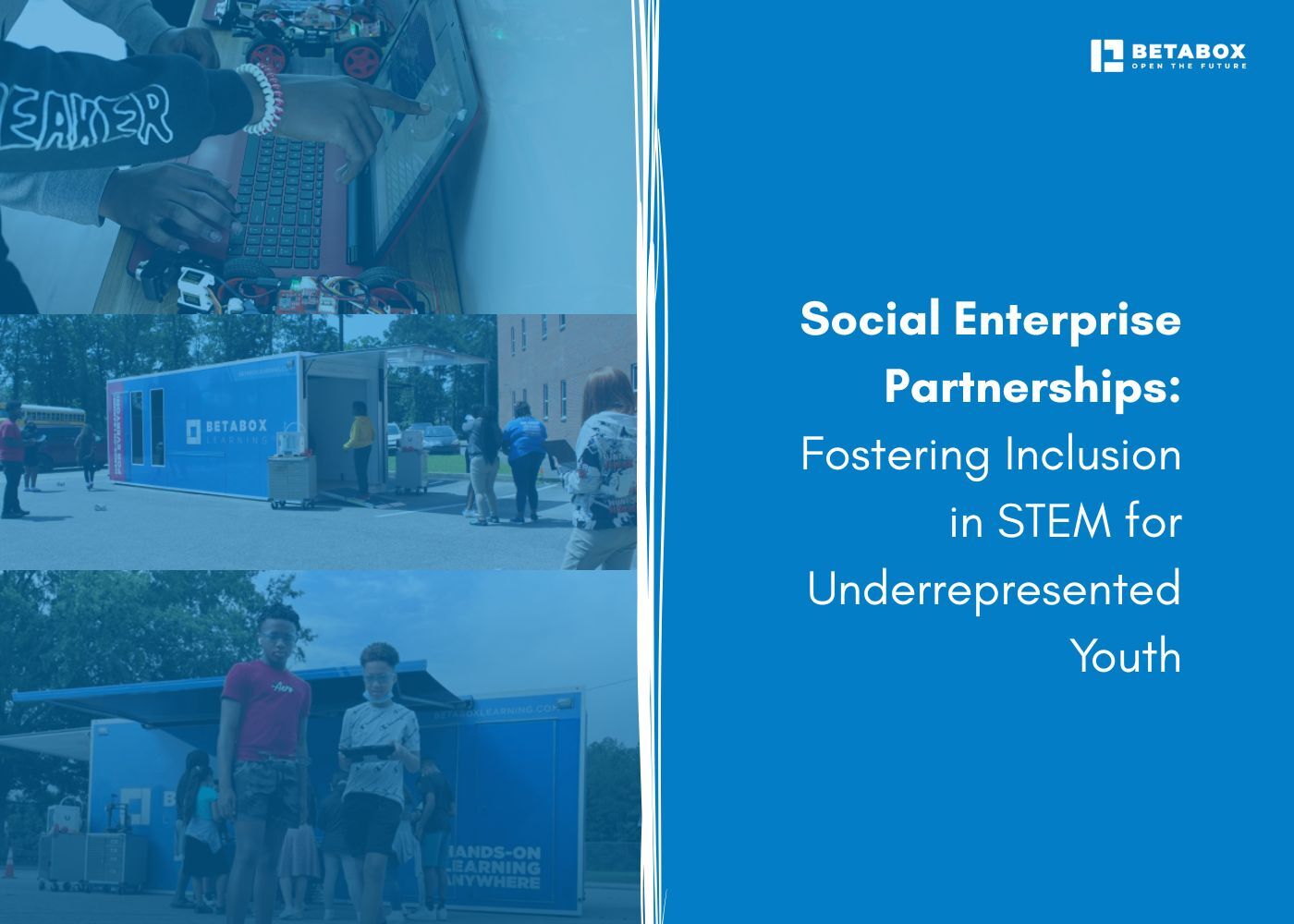

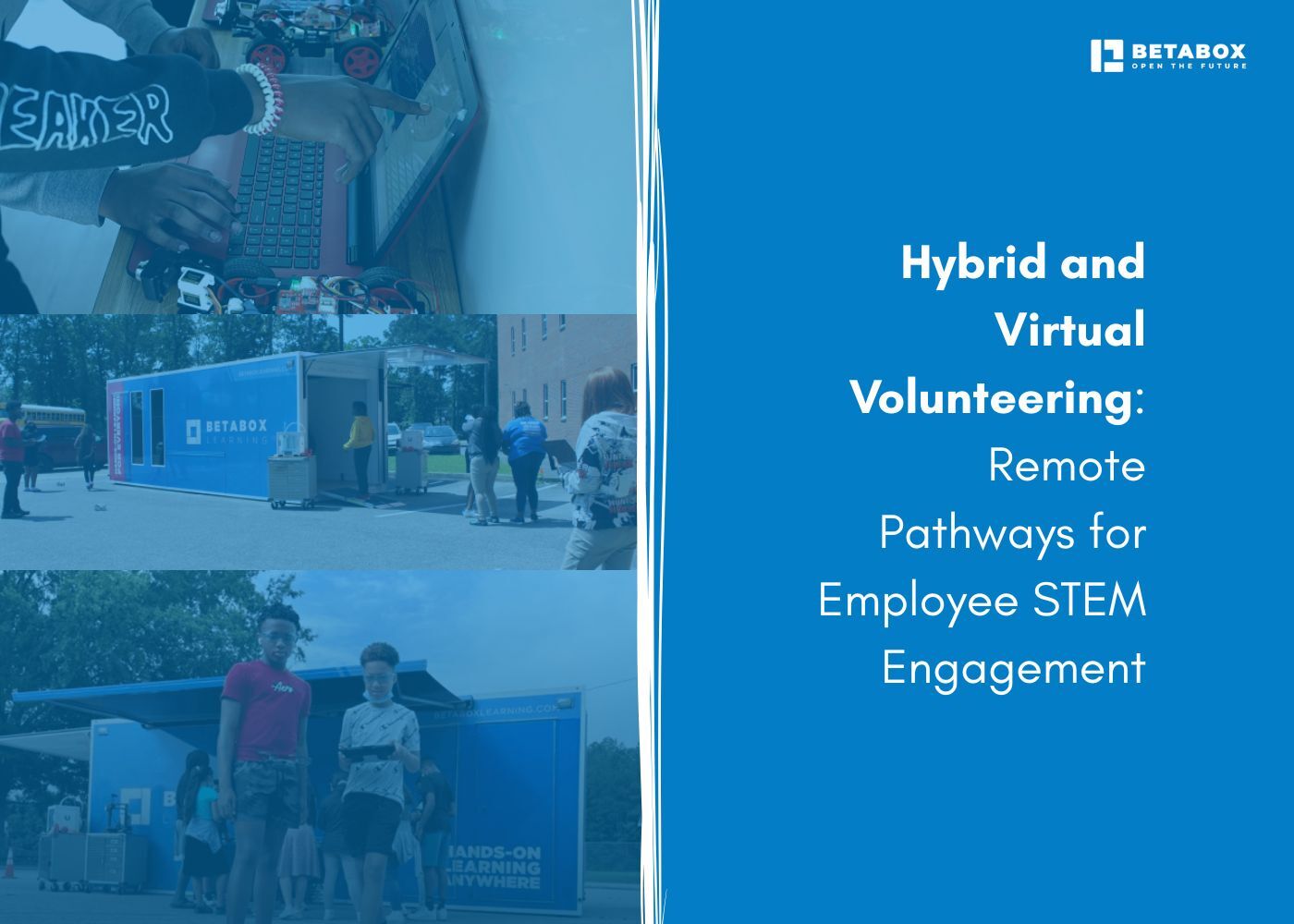

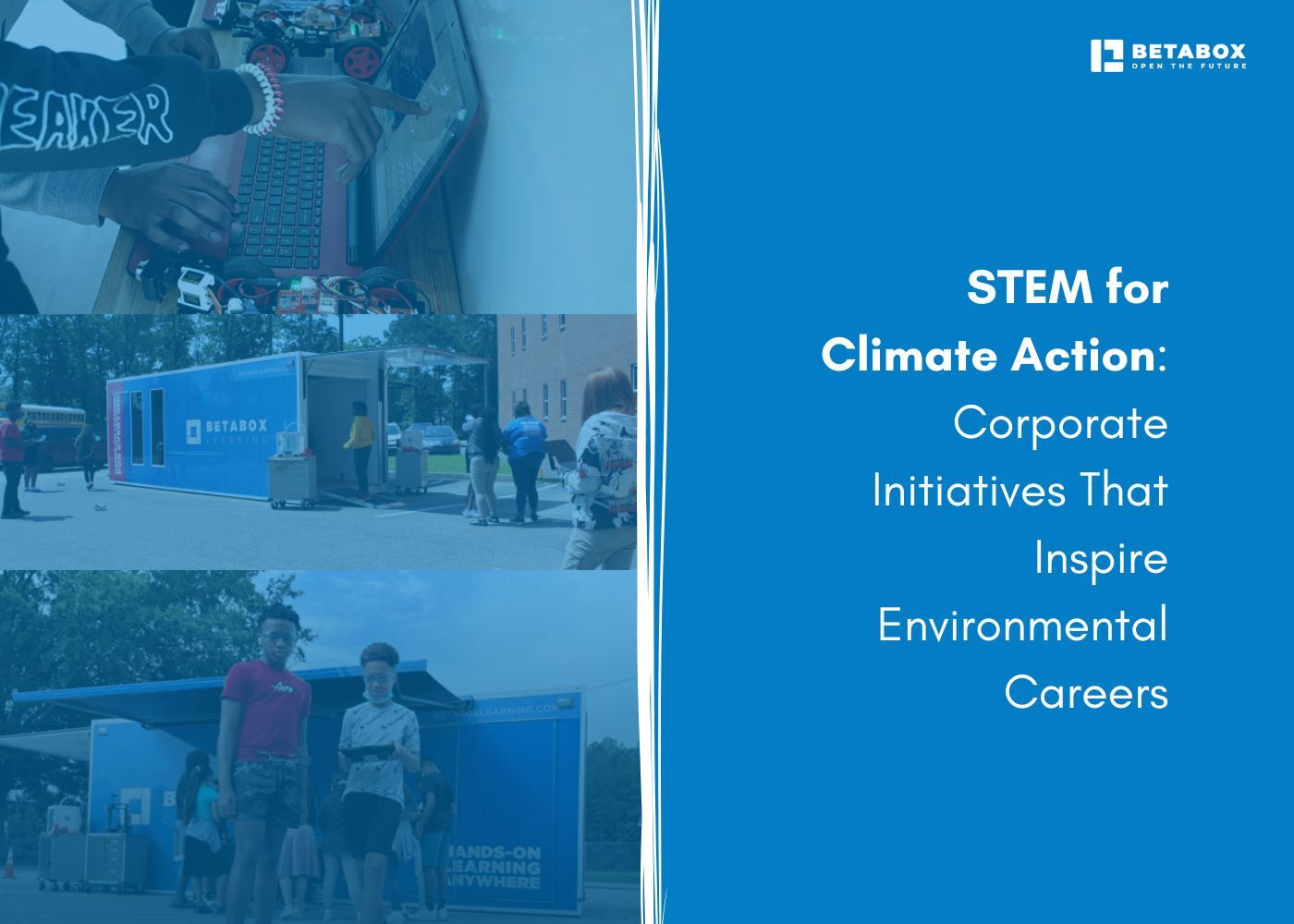



At Betabox Learning, we are passionate about making hands-on STEM curricula accessible to all students.

Join our newsletter to stay in the loop on all things Betabox and the future of STEM education.
By submitting your email address, you agree to our Privacy policy and Terms of Service. You can unsubscribe any time via the link in your email.
© 2025 Betabox. All Rights Reserved
